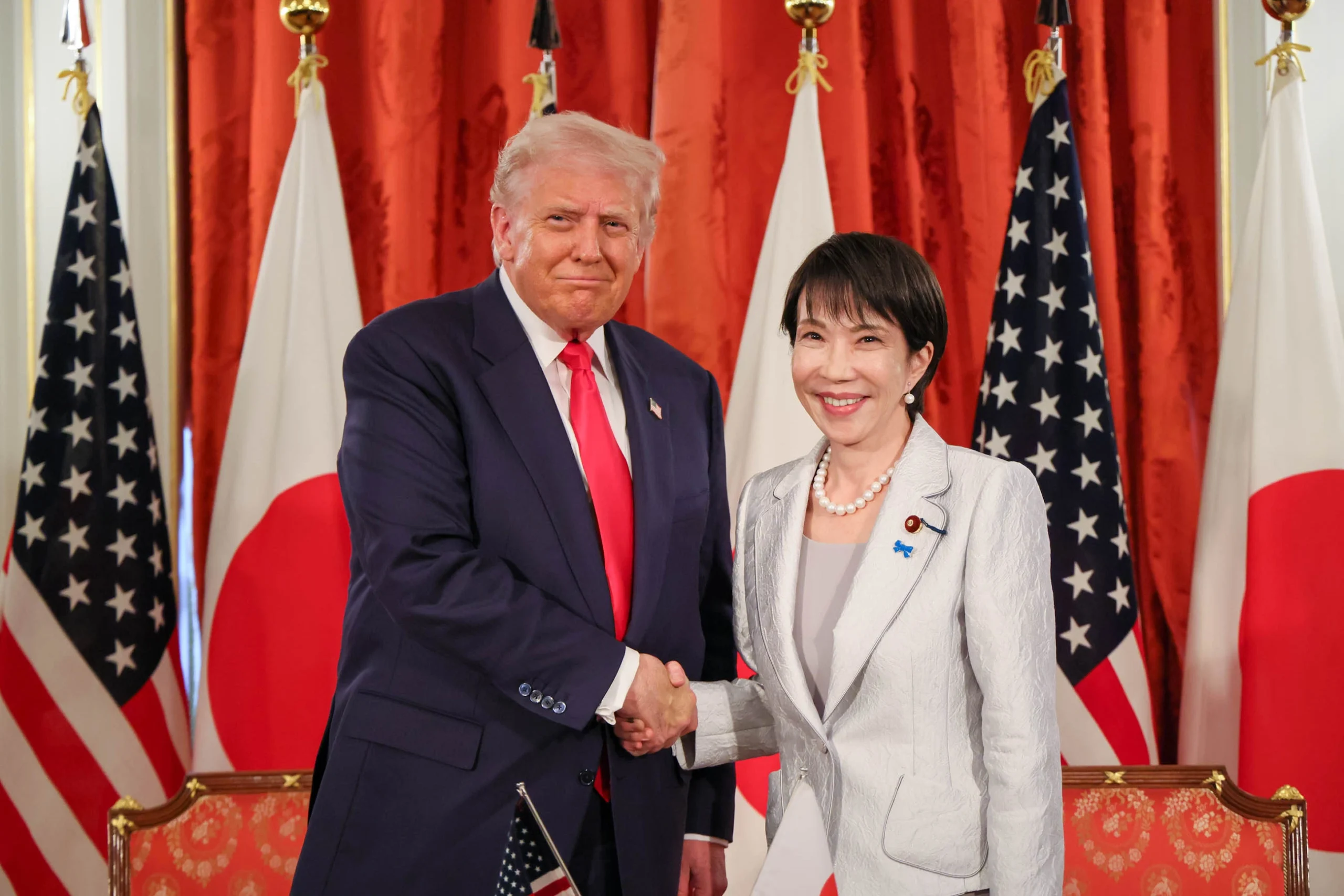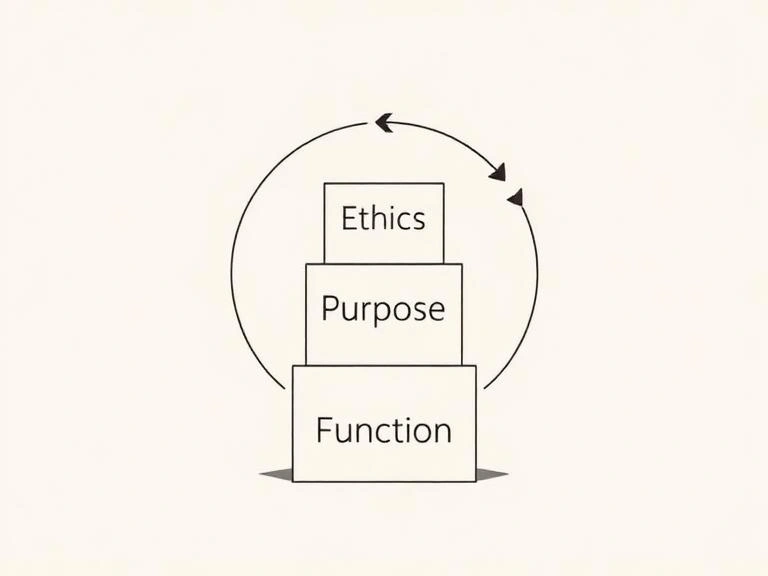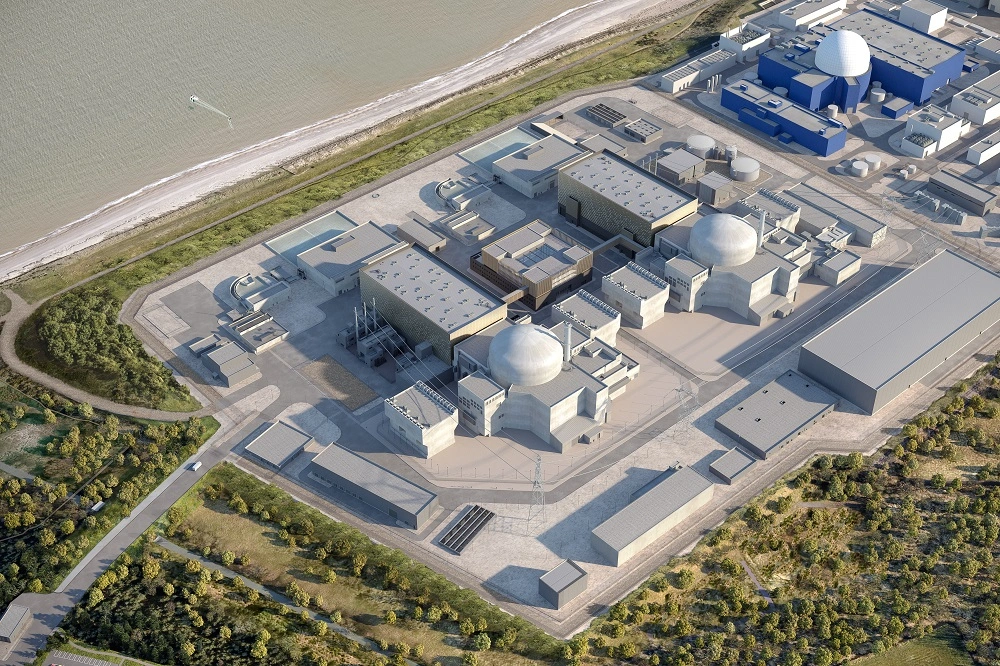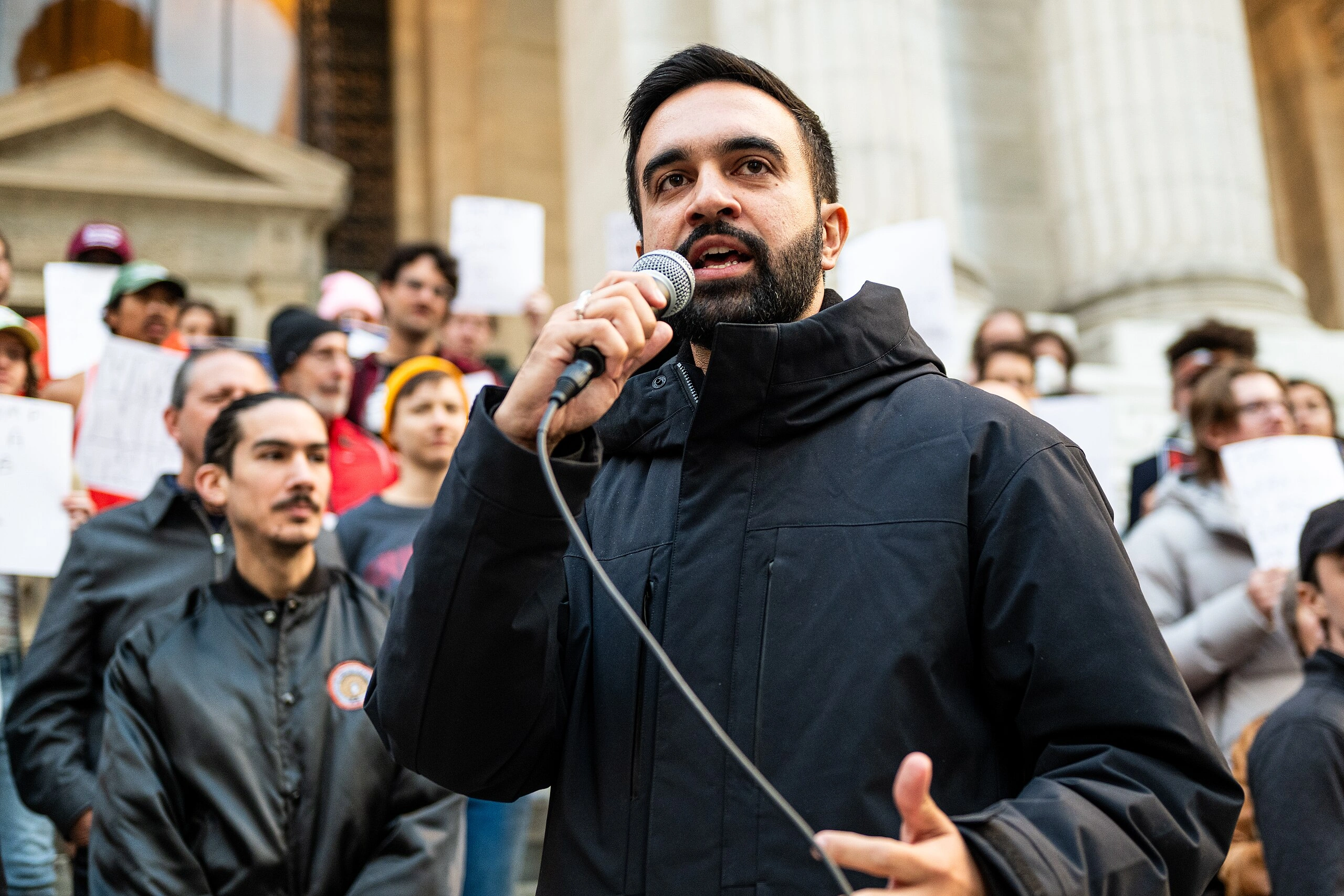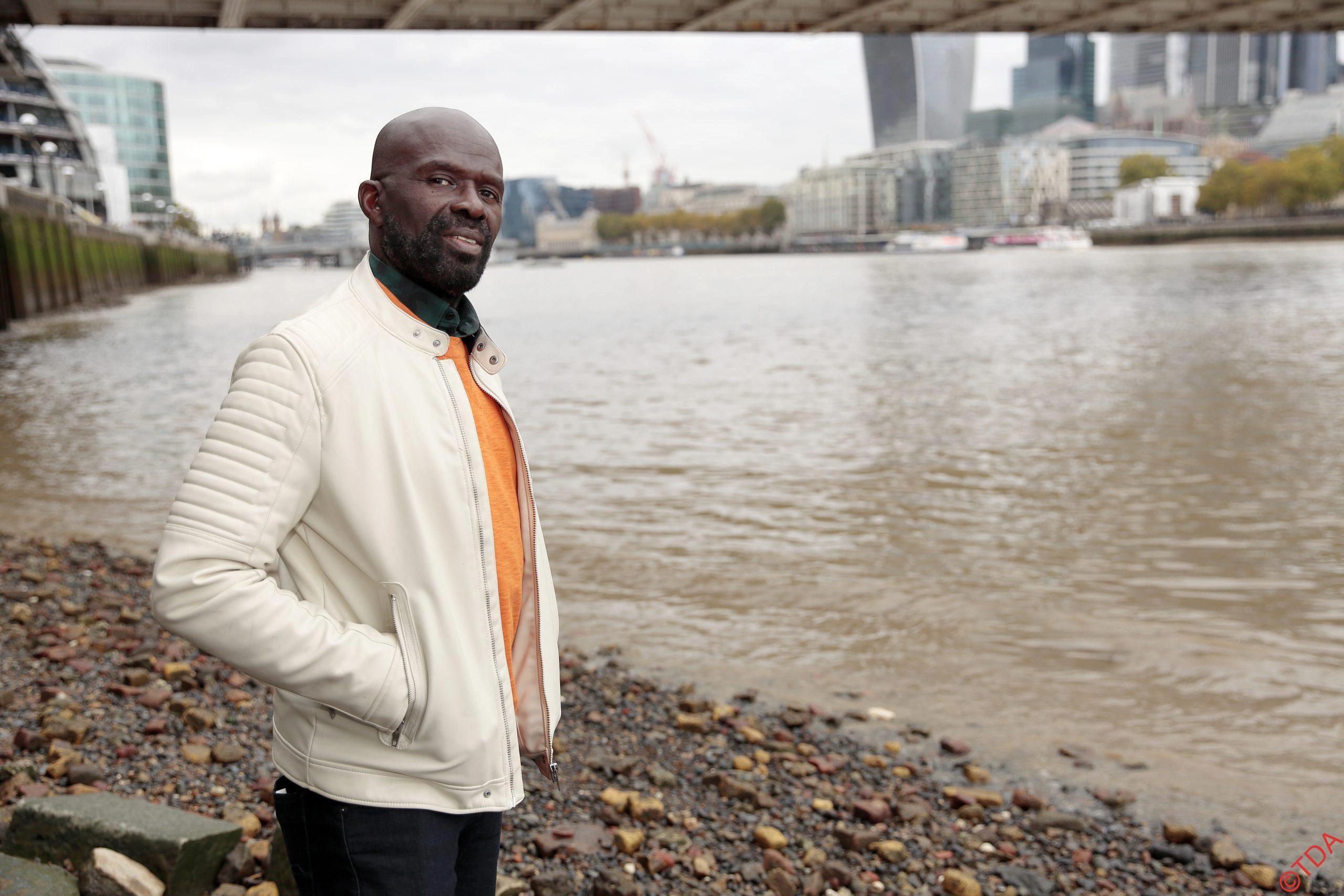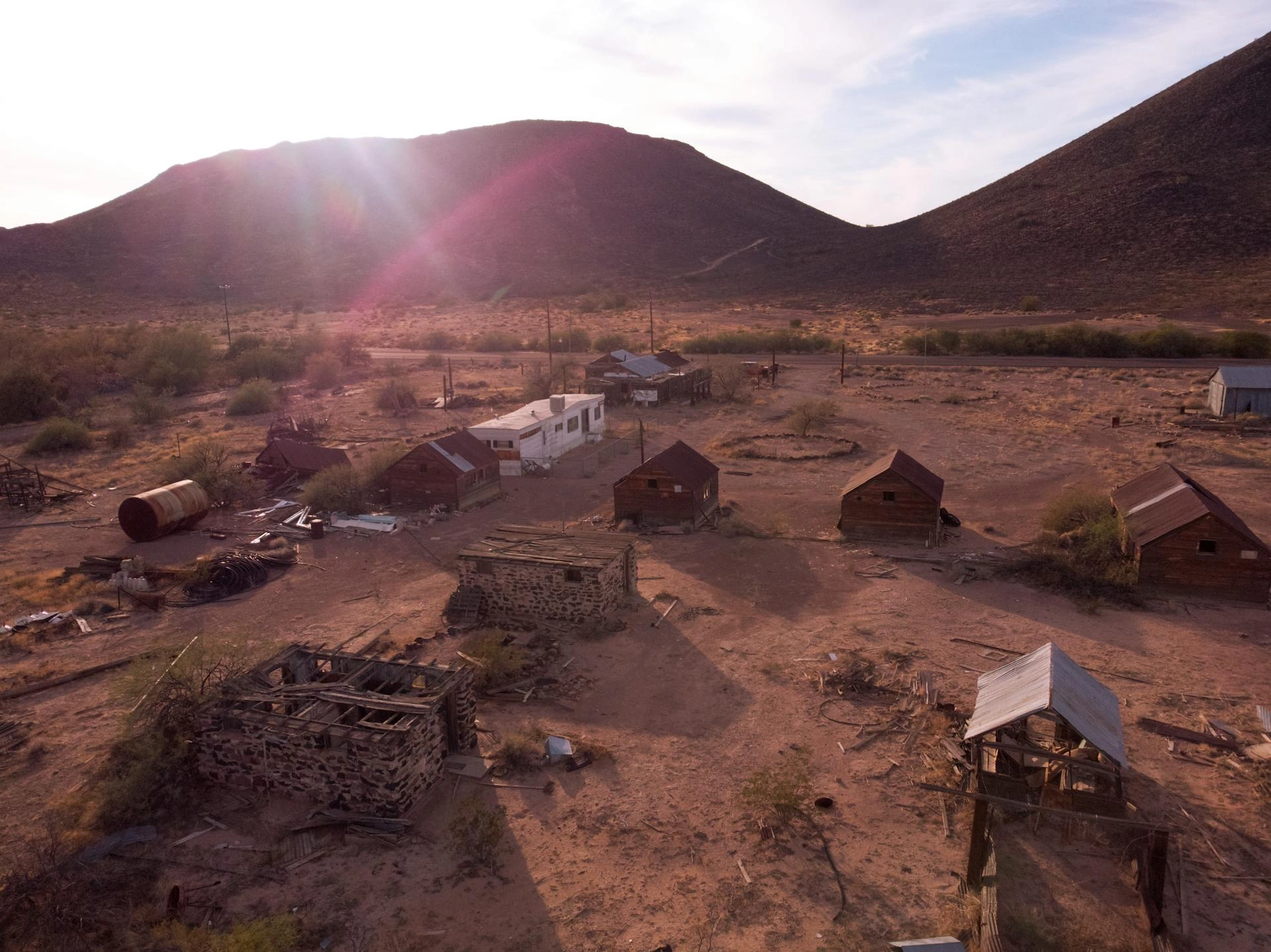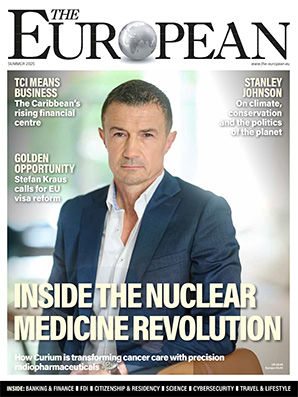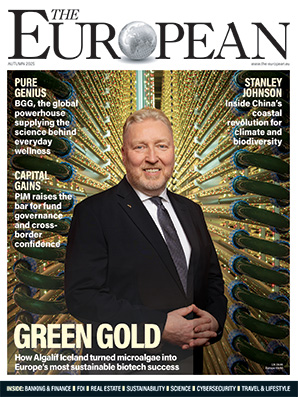Italy’s nuclear return marks a victory for reason over fear

Zion Lights
- Published
- Opinion & Analysis

Nearly forty years after Chernobyl ended its nuclear ambitions, Italy is rethinking the energy source it once rejected. Pressed by climate goals and rising demand, the nation is reopening a debate long silenced — and, as Zion Lights argues, rediscovering both its confidence and its scientific heritage
I’ve long been fascinated by how people, and even entire countries, can fall in and out of love with an idea. Technologies that once sparked pride can, just a few years later, evoke fear. While many other nations have wrestled with the promise and peril of nuclear energy, Italy stands out to me as a key example, not only for its dramatic rejection of the technology, but for the pivotal role it once played in its early development.
In the early years of the atomic age, Italy was a pioneer of the technology. Italian physicist Enrico Fermi, one of the founders of modern nuclear physics, helped unlock the secrets of the atom. His groundbreaking work on neutron physics and the first controlled nuclear chain reaction laid the foundation for both nuclear energy and modern particle physics.
Italy seemed poised to lead the world into a new era of energy abundance – few people realise that this small, post-war nation was among the first in Europe to build and operate nuclear reactors. Italy began building its nuclear power plants in the 1950s and 1960s, with the Latina plant coming online in 1963, followed by Garigliano in 1964 and Trino Vercellese in 1965. The country’s last and largest reactor, Caorso, started operating in 1978. By the late 1970s, Italy had ambitious plans to expand its nuclear program. The future looked bright.
So what changed? The 1986 Chernobyl disaster triggered a wave of panic about nuclear technology, in a textbook case of fear overriding reason that swept across Europe. Only a few countries changed track over it, and in Italy and Germany, Chornobyl sparked fear that reshaped attitudes to nuclear energy. The following year, Italy held a national referendum that delivered a clear message: the public no longer trusted nuclear energy, and within just a few years, Italy’s four operating reactors were shut down.
It’s worth noting that Italy had built different types of reactor to the one involved in the Chernobyl meltdown. Italy operated mostly pressurised water reactors (PWRs) and boiling water reactors (BWRs), which are considered Western-standard reactors, with multiple safety systems and containment structures. The Chernobyl reactor, on the other hand, was the RBMK (Reaktor Bolshoy Moshchnosti Kanalnyy) – a Soviet graphite-moderated, water-cooled reactor, which had known design flaws that contributed to its catastrophic failure, including a positive void coefficient and the lack of a robust containment building.
But I am talking about facts, not feelings, and technology panics are predominantly about the latter, not the former.
I can understand Italy’s fear of meltdowns at the time, as I used to fear nuclear energy myself. But the decision to close reactors that had run safely for decades stands out as an extraordinary reversal, leading to job losses and increased greenhouse gas emissions. What I find most remarkable is how quickly things changed – a country that had once contributed to and invested in the future of nuclear technology turned its back on it almost overnight. While other countries like France and Finland doubled down on nuclear energy as a pillar of low-carbon energy, Italy dismantled its program entirely and opted to import more fossil fuels instead, embracing higher emissions, greater dependence on foreign gas, and a loss of scientific talent that had once placed Italy at the forefront of innovation.
It’s no surprise, then, that for decades, nuclear energy was considered a taboo subject in Italy. When I toured Europe giving lectures on clean energy in the early 2020s, Italy stood out as one of the few countries with no takers.
But physics doesn’t bend to public opinion, and neither do the economics of energy. Despite shutting down its own nuclear reactors, Italy remained a major importer of electricity, and ironically, some of it was nuclear-generated in France. Even now, around five per cent of Italy’s electricity comes from nuclear power plants across the border.
In 2020/21, I helped ignite a fresh nuclear debate across Europe, which reached even Germany, where serious discussion had long been avoided by both the public and the Green-led government. At the time, my somewhat-controversial editorial, which argued that climate activism cannot ignore nuclear energy, was splashed across the front page of the national daily newspaper, Die Welt.
I spoke to nuclear advocates in Italy, and they told me that because of the energy crisis, people were finally willing to have a conversation about nuclear energy. The European energy crisis, triggered first by market instability and later by war, stripped away many illusions. Imported gas suddenly looked like a strategic liability, while renewable expansion (although useful) had proved insufficient on its own. Suddenly, the ground was ripe for a discussion on nuclear technology, and the country that had once abandoned it was compelled to reconsider its future.
I’ve long argued that pursuing energy scarcity is a losing strategy. Human progress has always been tied to finding new ways to use more energy, not less. Many climate solutions, including electrification of transport and desalination, depend on reliable, abundant energy to succeed. Imagine if a major solution to climate change was developed tomorrow, but we couldn’t power it because we had chosen energy scarcity over abundance. The cost of that choice would be enormous.
But it was not just climate change that put pressure on Italy to reconsider nuclear energy. Italy has its own rival to ‘Silicon Valley,’ named Data Valley, and it’s home to some of the world’s most advanced supercomputers, like Leonardo, and a cluster of AI, robotics, and cloud research centres. Manufacturing also remains a cornerstone of the economy: in 2021, it accounted for 22.6 per cent of GDP, with vehicle production standing out as a flagship industry. What this means is that the country has a dire need for plentiful, cheap energy, and that means opening more power plants at home rather than closing them.
So, finally, the conversation about the need for reliable energy is turning into policy. Confronted with the pressures of climate commitments, growing energy needs, and energy security, Italy is reconsidering what it once rejected. Just this year, the government approved a framework law to explore the reintroduction of nuclear energy. It has also revived research into small modular reactors, and universities are training a new generation of nuclear engineers.
Public opinion is also beginning to shift. Surveys show that nearly half of Italians now support nuclear energy, though many still feel under informed about the technology. That gap between support and understanding may prove decisive, as the government will need to rebuild not only infrastructure, but trust.
It would be naïve to assume that a few policy changes can undo thirty years of delay, but still, I hope this is a deeper cultural shift that sweeps across technology-resistant nations. But if Italy truly does embrace this new chapter, it’s not just about energy. It’s about reclaiming a part of its scientific heritage – the legacy of Fermi and of forward thinking.
Every generation has to decide which fears to leave behind. For Italy, the fear of the atom once defined its retreat from progress. Now, as Europe confronts the dual challenge of decarbonisation while maintaining economic resilience, it has become increasingly clear to politicians and public alike that nuclear energy has to be part of the path forward. The question that remains is whether the country that once helped split the atom can once again find its way back to lighting the future with it. I, for one, would love to see that happen.

Zion Lights is an award-winning science communicator and environmental advocate known for championing a high-energy, low-carbon future. A former Extinction Rebellion spokesperson and founding editor of The Hourglass newspaper, she is the author of The Ultimate Guide to Green Parenting and Only a Moment, with a new book due in 2026. A TED speaker and recipient of the Holyoake Lecture Medal, she has written widely for UK and international publications and played a leading role in reshaping global attitudes towards nuclear energy.
READ MORE: ‘Curium’s expansion into transformative therapy offers fresh hope against cancer’. Increased radioligand therapy options could transform cancer treatment by targeting tumours while reducing exposure to surrounding healthy tissue. Curium, a global leader in nuclear medicine, is moving to roll it out worldwide.
Do you have news to share or expertise to contribute? The European welcomes insights from business leaders and sector specialists. Get in touch with our editorial team to find out more.
Main image: Cooling towers and reactor building at a nuclear power plant — a symbol of the technology Italy is now reconsidering as part of its future energy strategy. Credit: Sean P. Twomey/Pexels.
Sign up to The European Newsletter
RECENT ARTICLES
-
 Why Greece’s recovery depends on deeper EU economic integration
Why Greece’s recovery depends on deeper EU economic integration -
 Why social media bans won’t save our kids
Why social media bans won’t save our kids -
 This one digital glitch is pushing disabled people to breaking point
This one digital glitch is pushing disabled people to breaking point -
 Japan’s heavy metal-loving Prime Minister is redefining what power looks like
Japan’s heavy metal-loving Prime Minister is redefining what power looks like -
 Why every system fails without a moral baseline
Why every system fails without a moral baseline -
 The many lives of Professor Michael Atar
The many lives of Professor Michael Atar -
 Britain is finally having its nuclear moment - and it’s about time
Britain is finally having its nuclear moment - and it’s about time -
 Forget ‘quality time’ — this is what children will actually remember
Forget ‘quality time’ — this is what children will actually remember -
 Shelf-made men: why publishing still favours the well-connected
Shelf-made men: why publishing still favours the well-connected -
 European investors with $4tn AUM set their sights on disrupting America’s tech dominance
European investors with $4tn AUM set their sights on disrupting America’s tech dominance -
 Rachel Reeves’ budget was sold as 'fair' — but disabled people will pay the price
Rachel Reeves’ budget was sold as 'fair' — but disabled people will pay the price -
 Billionaires are seizing control of human lifespan...and no one is regulating them
Billionaires are seizing control of human lifespan...and no one is regulating them -
 Africa’s overlooked advantage — and the funding gap that’s holding it back
Africa’s overlooked advantage — and the funding gap that’s holding it back -
 Will the EU’s new policy slow down the flow of cheap Chinese parcels?
Will the EU’s new policy slow down the flow of cheap Chinese parcels? -
 Why trust in everyday organisations is collapsing — and what can fix it
Why trust in everyday organisations is collapsing — and what can fix it -
 In defence of a consumer-led economy
In defence of a consumer-led economy -
 Why the $5B Trump–BBC fallout is the reckoning the British media has been dodging
Why the $5B Trump–BBC fallout is the reckoning the British media has been dodging -
 WPSL Group unveils £1billion blueprint to build a global golf ‘super-group’
WPSL Group unveils £1billion blueprint to build a global golf ‘super-group’ -
 Facebook’s job ads ruling opens a new era of accountability for artificial intelligence
Facebook’s job ads ruling opens a new era of accountability for artificial intelligence -
 Robots can’t care — and believing they can will break our health system
Robots can’t care — and believing they can will break our health system -
 The politics of taxation — and the price we’ll pay for it
The politics of taxation — and the price we’ll pay for it -
 Italy’s nuclear return marks a victory for reason over fear
Italy’s nuclear return marks a victory for reason over fear -
 The Mamdani experiment: can socialism really work in New York?
The Mamdani experiment: can socialism really work in New York? -
 Drowning in silence: why celebrity inaction can cost lives
Drowning in silence: why celebrity inaction can cost lives -
 The lost frontier: how America mislaid its moral compass
The lost frontier: how America mislaid its moral compass




